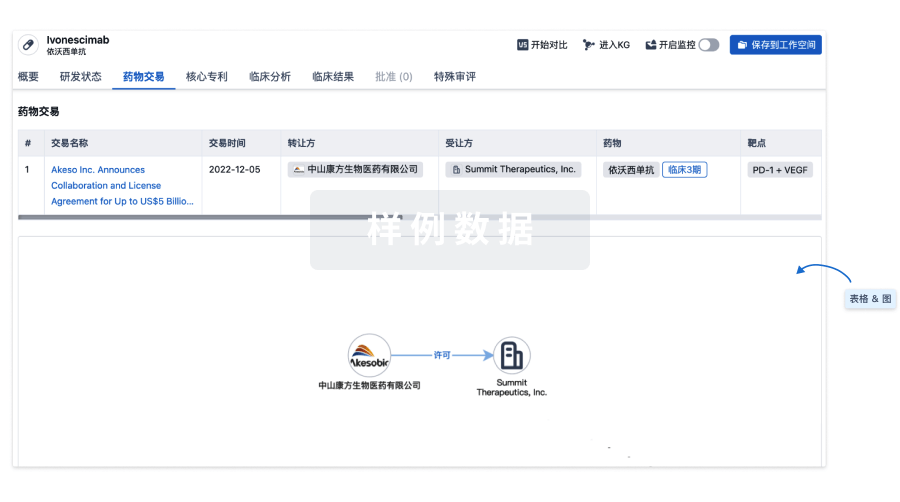BACKGROUND:This study compared VLTS-589 (plasmid encoding the angiomatrix protein Del-1 in conjunction with poloxamer 188) with poloxamer 188 control, for the treatment of intermittent claudication in patients with moderate to severe peripheral arterial disease.
METHODS:Subjects with bilateral intermittent claudication and peak walking time (PWT) between 1 and 10 minutes on 2 qualifying (reproducible; within 25% of each other) treadmill tests were enrolled. Patients received VLTS-589 or poloxamer 188 control, administered as 21 intramuscular injections to each lower extremity (42 mL in each extremity). In addition to safety and tolerability, efficacy evaluations compared to baseline included the following: change in PWT at 90 days (primary end point), change in claudication onset time, change in ankle brachial index (ABI), and change in quality of life measures.
RESULTS:A total of 105 patients were randomized and treated. During the 30, 90, and 180 days follow-up, mean PWT, claudication onset time, and ABI were significantly increased compared to baseline values in both treatment groups with no significant difference between groups in the primary or secondary end points. In addition, both groups demonstrated significantly improved quality of life at follow-up vs baseline, with no significant differences between groups. Serious adverse events were similar in both groups--none were definitely treatment-related.
CONCLUSION:Intramuscular delivery of both Del-1 expressing plasmid and the control resulted in significant improvement in exercise capacity compared to baseline at 30, 90, and 180 days. There was no difference in outcome measures associated with the Del-1 plasmid.








